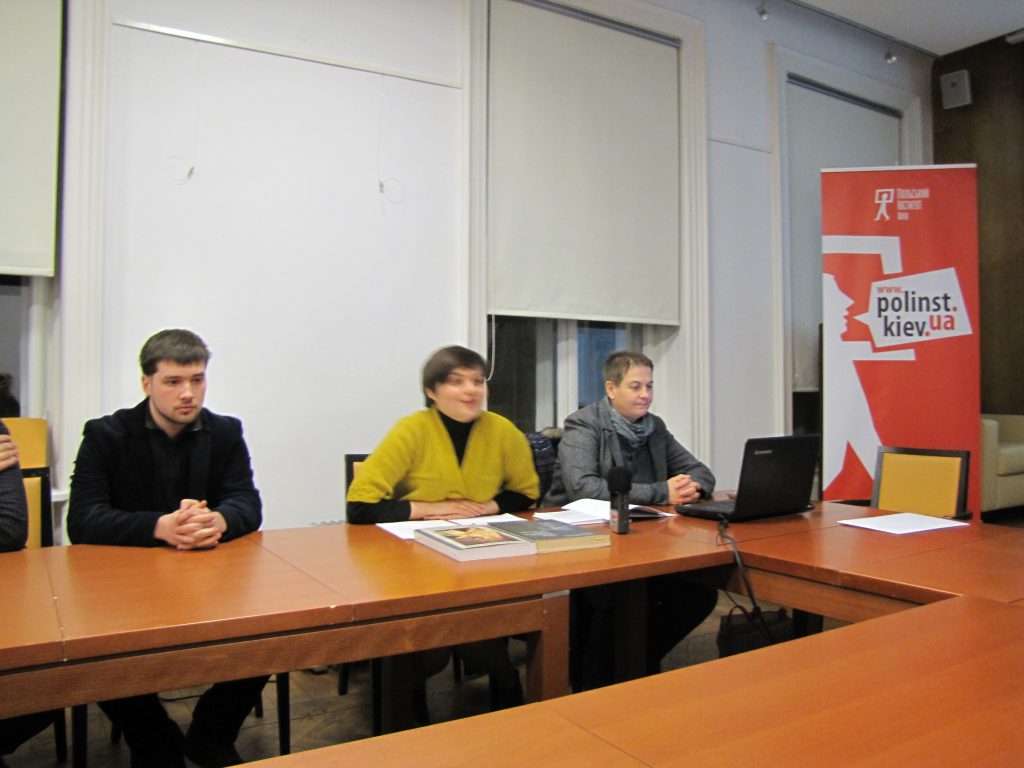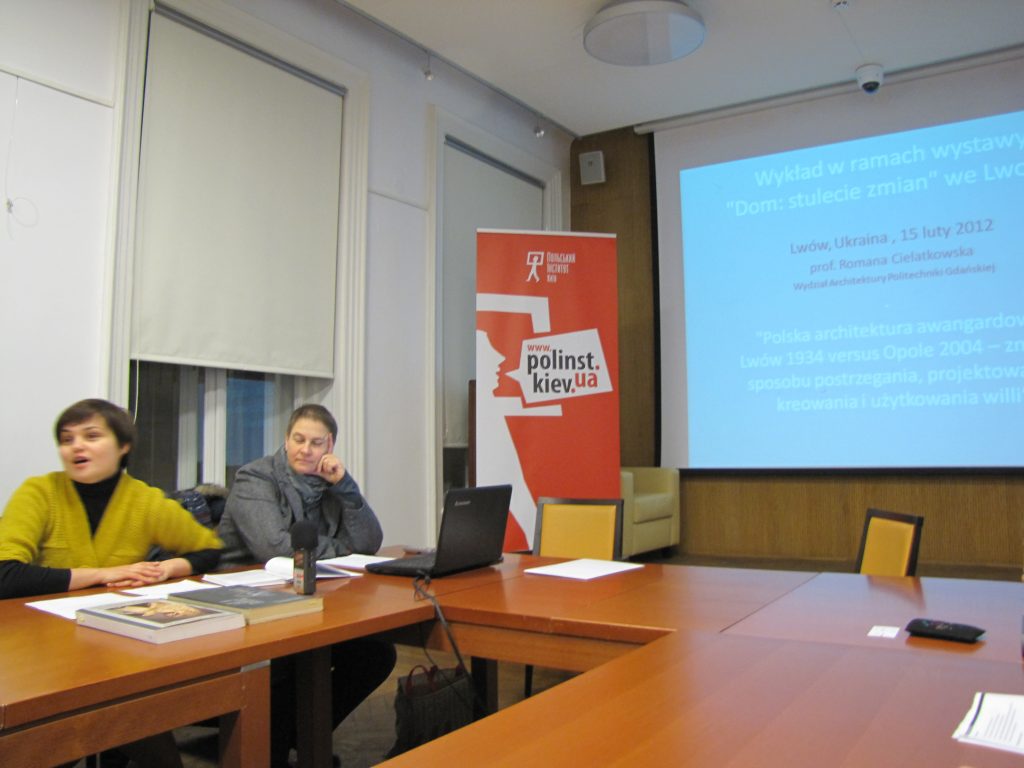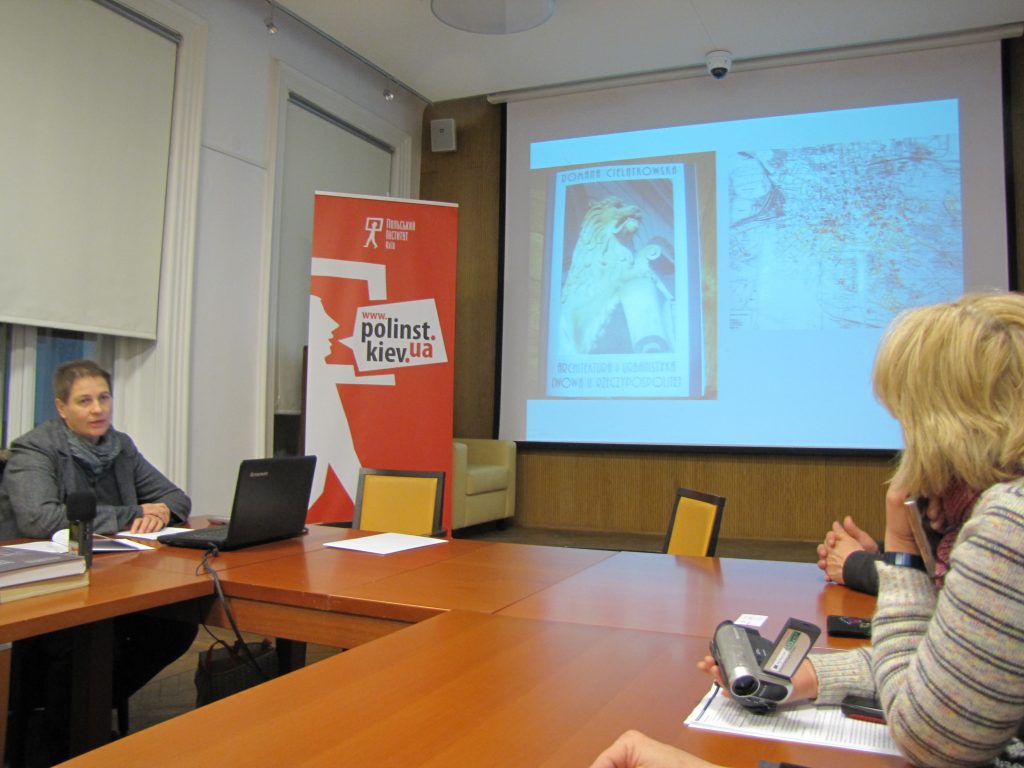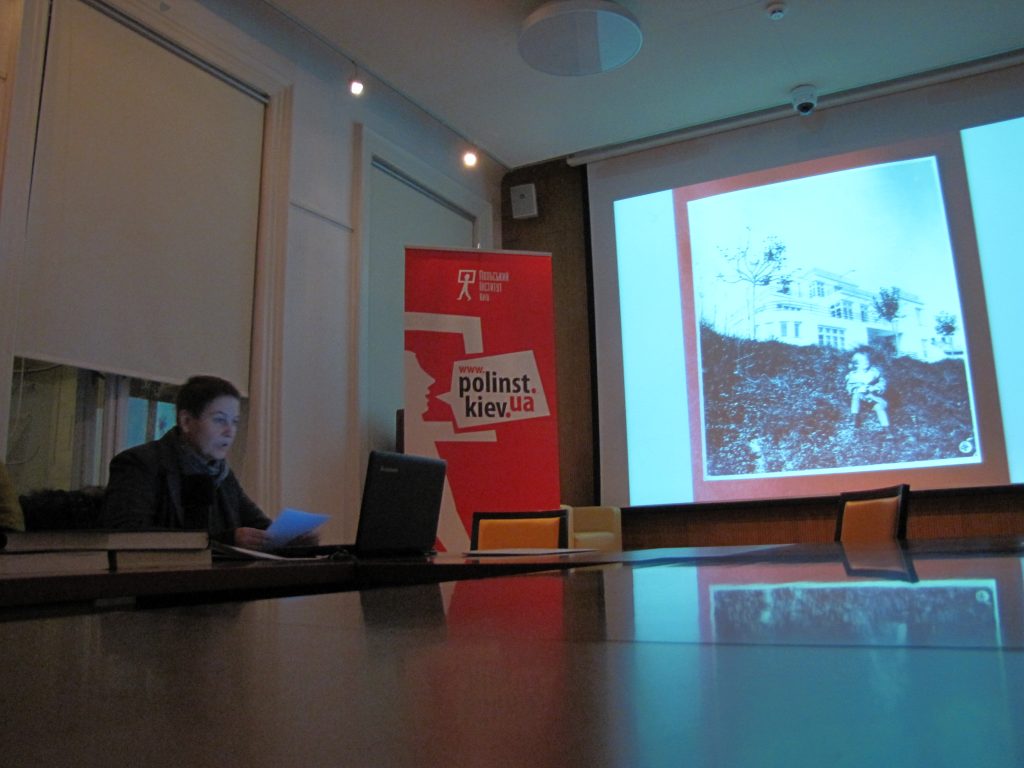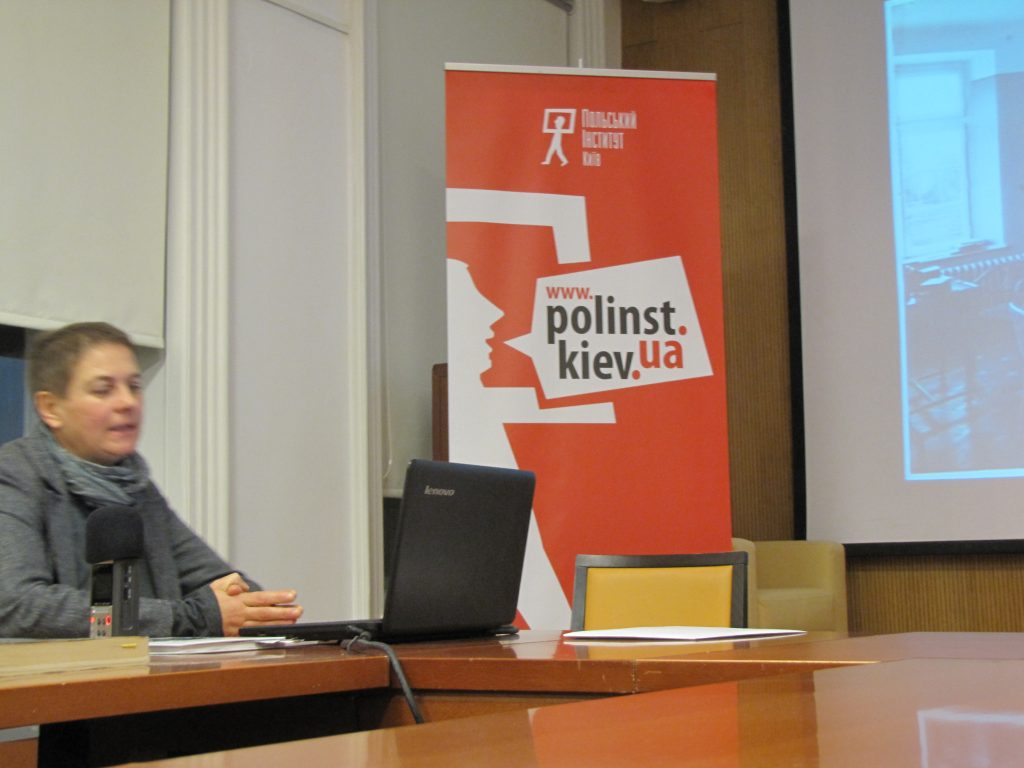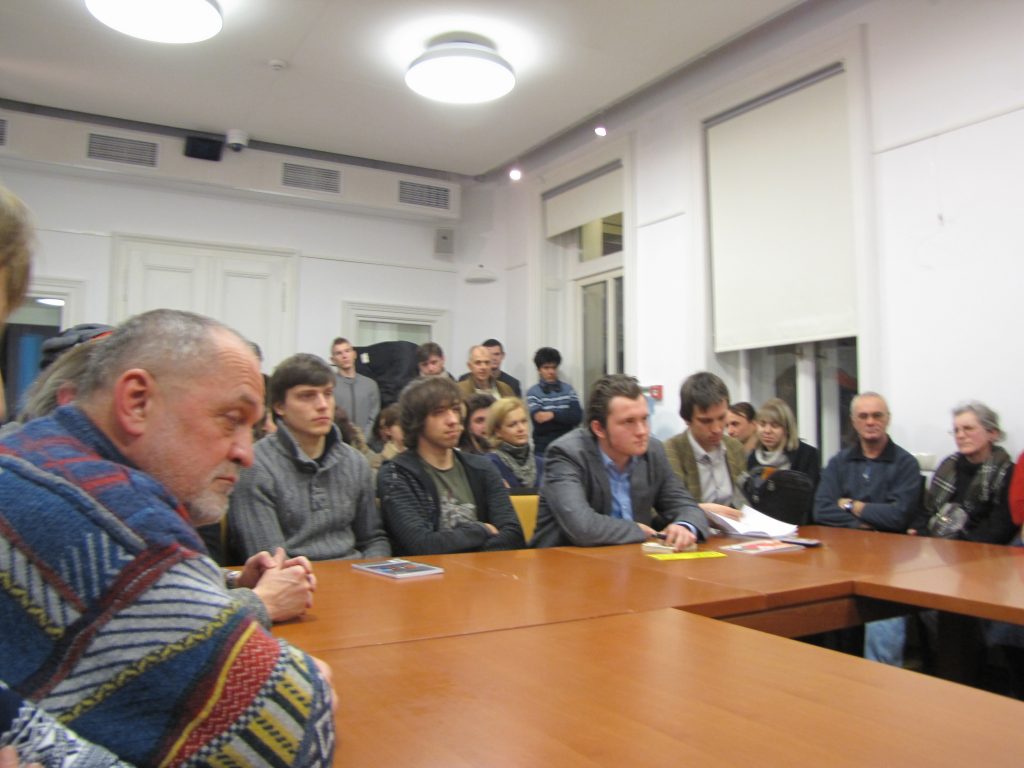Polish Avant-garde Architecture – Lwów 1934 vs. Opole 2004. Changes in Perception, Design, Construction, and Use of a Villa
Prof. Romana Cielątkowska
Gdańsk Polytechnic15.02.2012
Center for Urban History, Lviv
Prof. Cielątkowska discussed two examples of Avant-garde architecture. One of the most representative examples of a Modernist villa in Lviv, is the building by architect Wawrzyniec Dajczak, which can hold its own against any example of 1930s Bauhaus. The villa is a witness to history. Because of postwar reconstruction, it no longer features in texts on architecture of the period. Nevertheless, it is an object that arose with complete awareness of, and attention to the Avant-garde at every stage; at the same time its construction was accompanied with great love for the building, which was expressed in verse and painting. In addition, this "object" was the witness of the shooting of university professors at the Wuleckie Hills in 1941.
The other object is a modern project by architect Robert Szczęsny for KWKPromes. The villa is a fine example of impeccable technical execution and aesthetic consistency, from the first drafts, all the way to interior decoration. It could serve as an icon of modernity.
The two projects are separated by decades. They are united by the representation of a way of life, the awareness of the clients, the attention to stylistic demands of Avant-garde architecture, and the skill of the architects. The dramatic and complex history of the first building is a background for the brief and transparent history of the second one.
Prof. Romana Cielątkowska
is chair of landscape design at the Gdańsk Polytechnic Department of Architecture; architect, designer, and critic of modern architecture. From 1992 onwards she has researched the Modernist architecture of Lviv, on which she has written a book (Architektura i urbanistyka Lwowa II Rzeczypospolitej, 1998 (The Architecture and Urban Design of Lwów During the Second Republic), and co-written another (Detal w architekturze mieszkaniowej Lwowa XIX i XX wieku, 2008 (Detail in the Residential Architecture of nineteenth- and twentieth-century Lwów). Romana Cielątkowska is a planning specialist at the Architectural Landmarks and Wooden Architecture Conservation Administration, member of the Polish National Committee of the International Council on Monuments and Sites (ICOMOS), and the ICOMOS Shared Built Heritage Committee.

